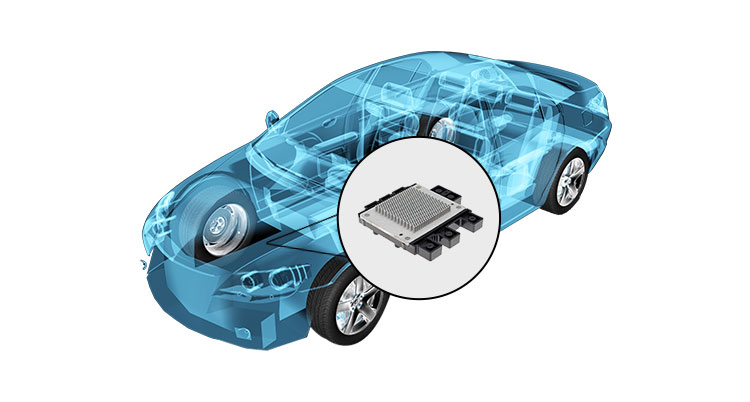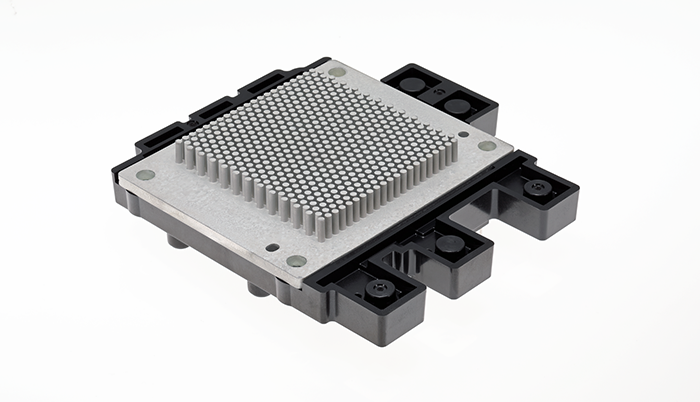
The Indian government has ambitious plans to shift on a mass scale to electric vehicles (EVs) by 2030. The plans are opulent and certainly hold several paybacks for environment conservation.
While the transformative thrust for electric vehicles, especially given the sustainable energy consumption of electric vehicles, is a very positive move for India and the world, it presents myriad opportunities as well as challenges.
Mitsubishi Electric has already taken a step towards making the idea of mass scale shifting to electric vehicles a reality. The company recently launched a new J1-Series, a direct water-cooling (pin-fin) structure, mainly for motor drive applications in electric and hybrid vehicles. Automotive components must meet stringent safety standards, a fact which creates demands for power semiconductor modules by power semiconductor manufacturers that provide greater reliability than modules for industrial equipment. Mitsubishi Electric pioneered the mass production of power semiconductor modules for hybrid vehicles in 1997.

Contributing to making us one of the best power semiconductor manufacturers, the company’s new power semiconductor module is expected to contribute to further compactness, weight reduction and reduced power consumption in inverters for electric and hybrid vehicles. It has some cutting-edge features like reduced inverter size and weight achieved through the extra compact package with high integration. The compact power semiconductor module features a highly integrated seventh generation IGBT with a carrier-stored trench-gate bipolar transistor (CSTBTTM) structure and seventh generation diodes. The direct cooling pin-fin structure achieves 30% lower thermal resistance and 40% smaller footprint.

Another important feature is that each IGBT chip in the power semiconductor devices is provided with a current sensor for short -circuit protection as well as an on-chip temperature sensing for over-temperature protection, which can directly monitor the chip temperature. J1 series no longer uses heatsink grease as required by the previous structure; instead, the power semiconductor device is equipped with a cooling fin integrated with the module to allow direct cooling and improve the cooling performance. Also, by optimizing the shape and layout of the fin in the power semiconductor device, and eliminating the solder layer beneath the isolation layer, the thermal resistance between the chip and the cooling water, Rth(j-w), is reduced by more than 30% from the level of the conventional product that consists of three J-series transfer-moulded power modules (T-PMs) mounted on the copper cooling fin with the heatsink grease between them.
The power semiconductor devices in the J1-series uses aluminium as the cooling fin material to provide high corrosion resistance against water cooling & reduces the assembly weight significantly as compared to the conventional product.
Very importantly, the new module is automotive-grade high quality and adopts Mitsubishi Electric’s original Direct Lead Bonding (DLB) structure. This ensures power-cycle and temperature-cycle life spans 30 times longer than those of typical industrial power semiconductor modules.